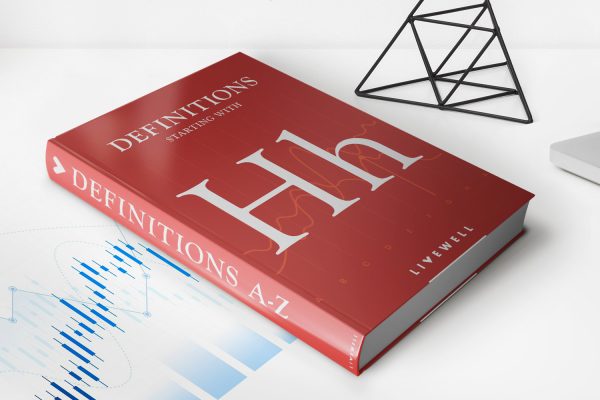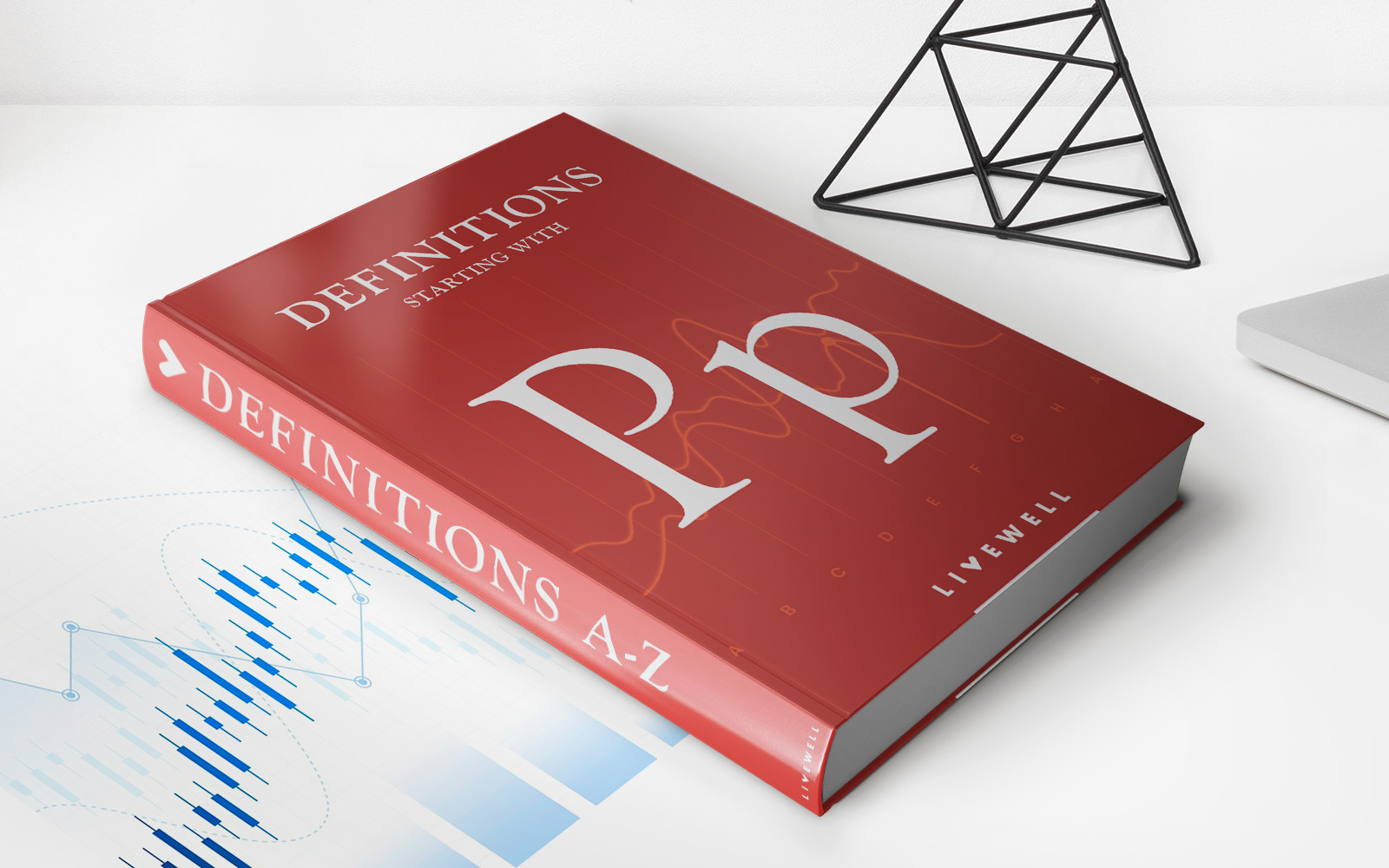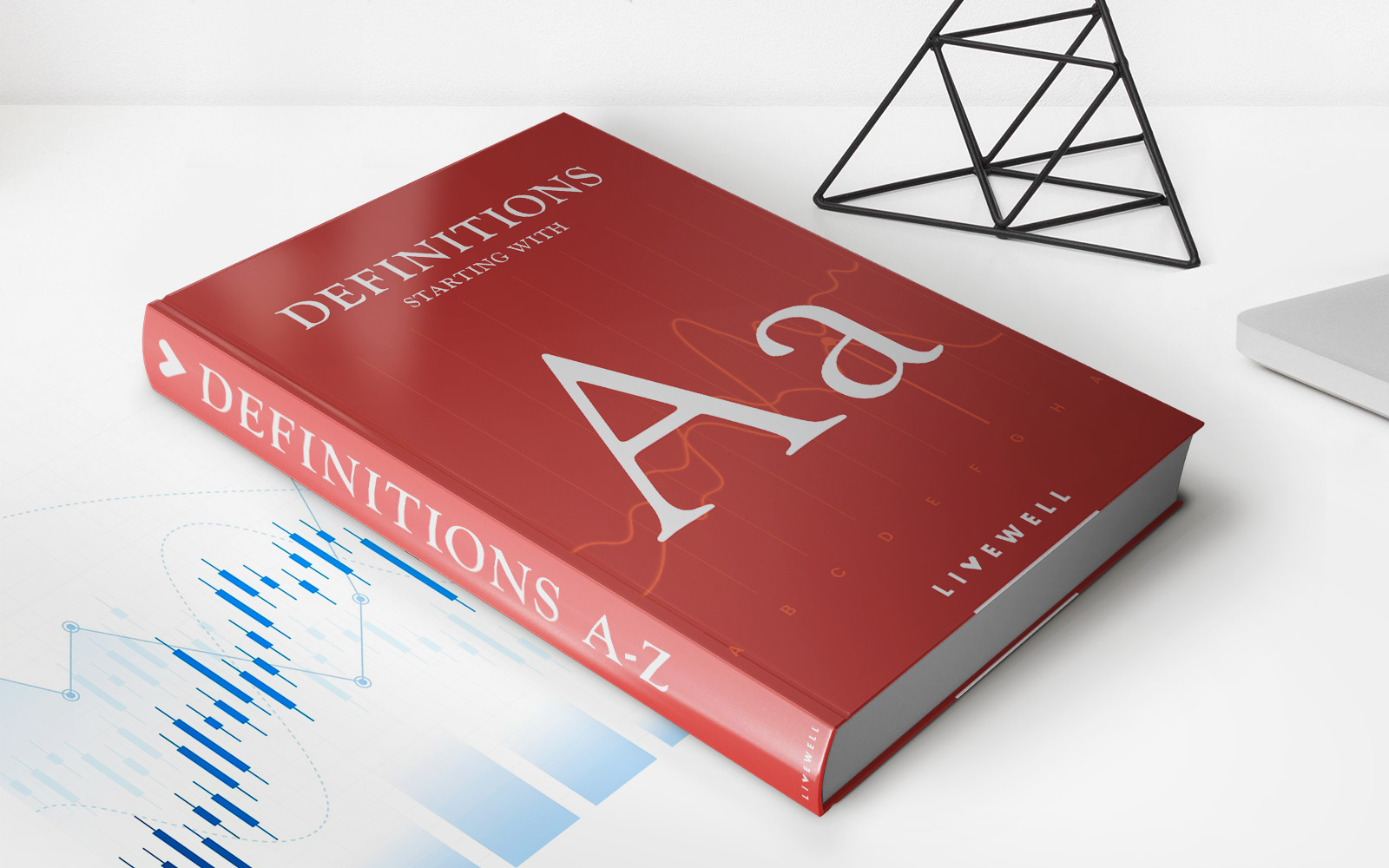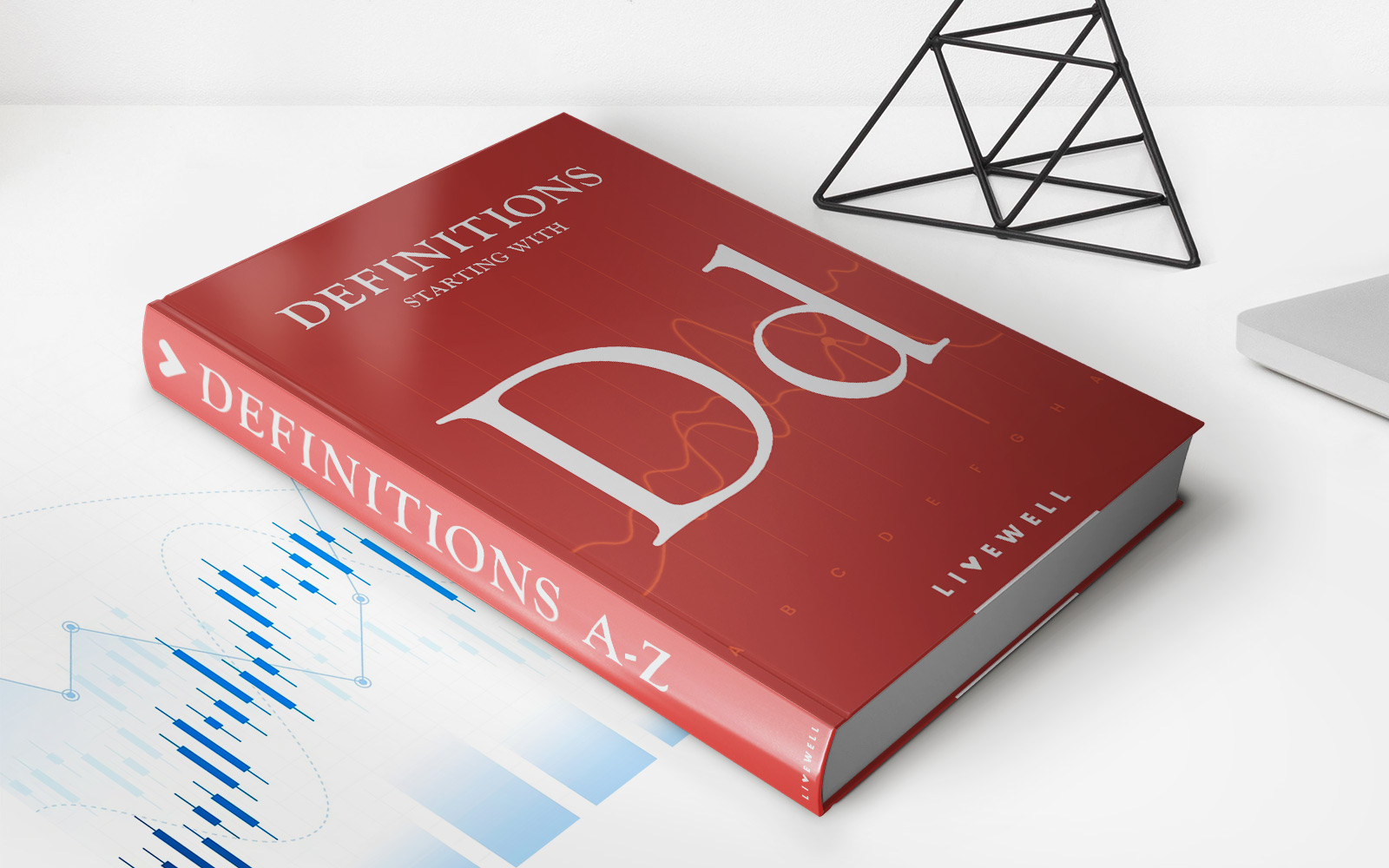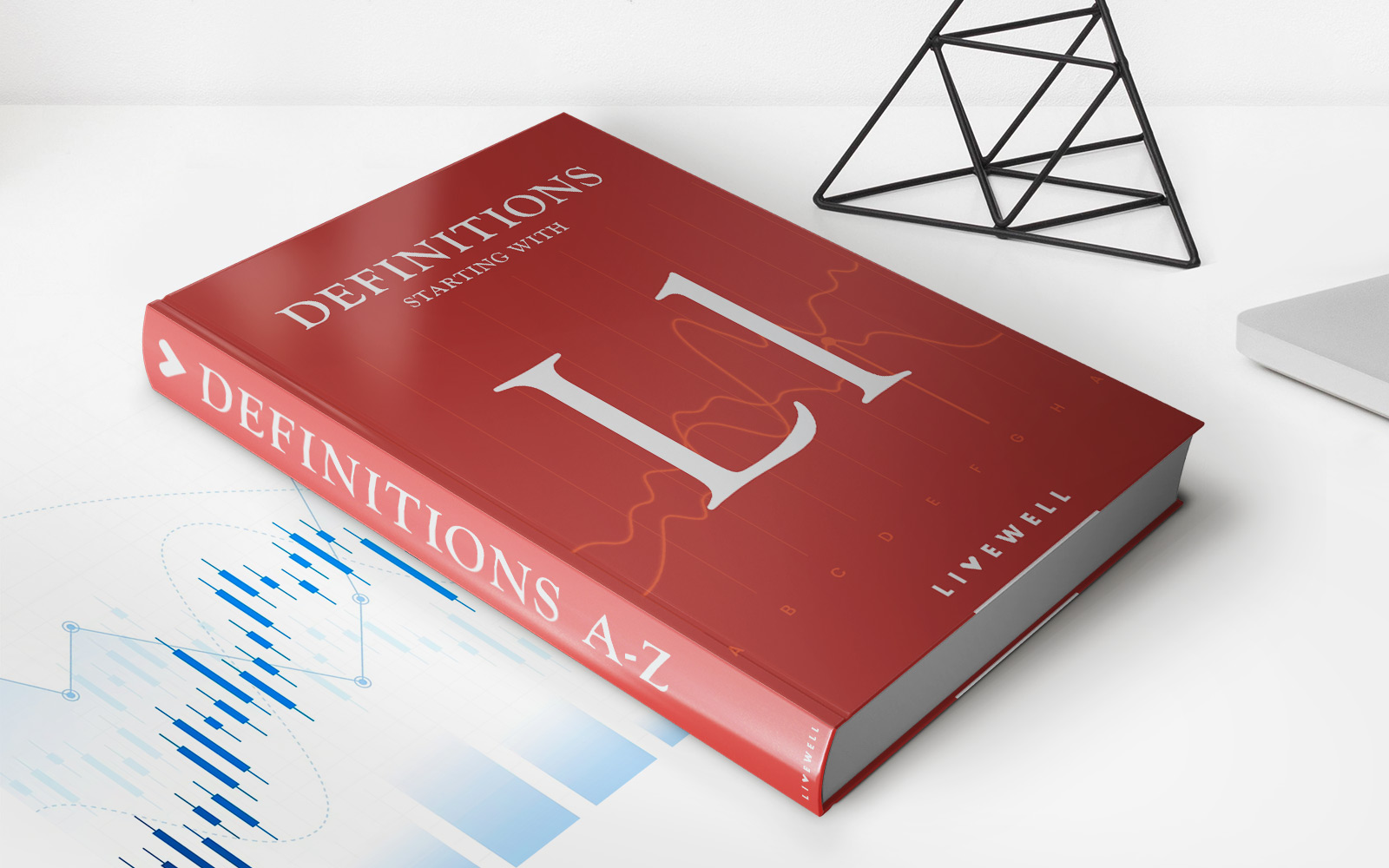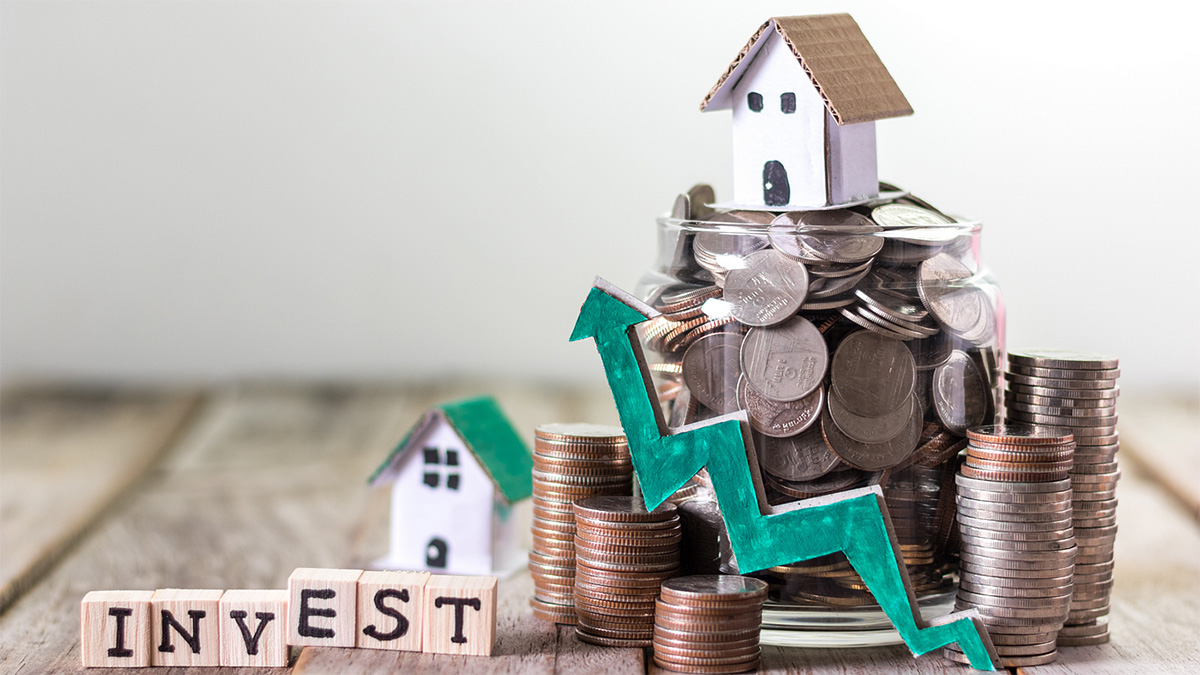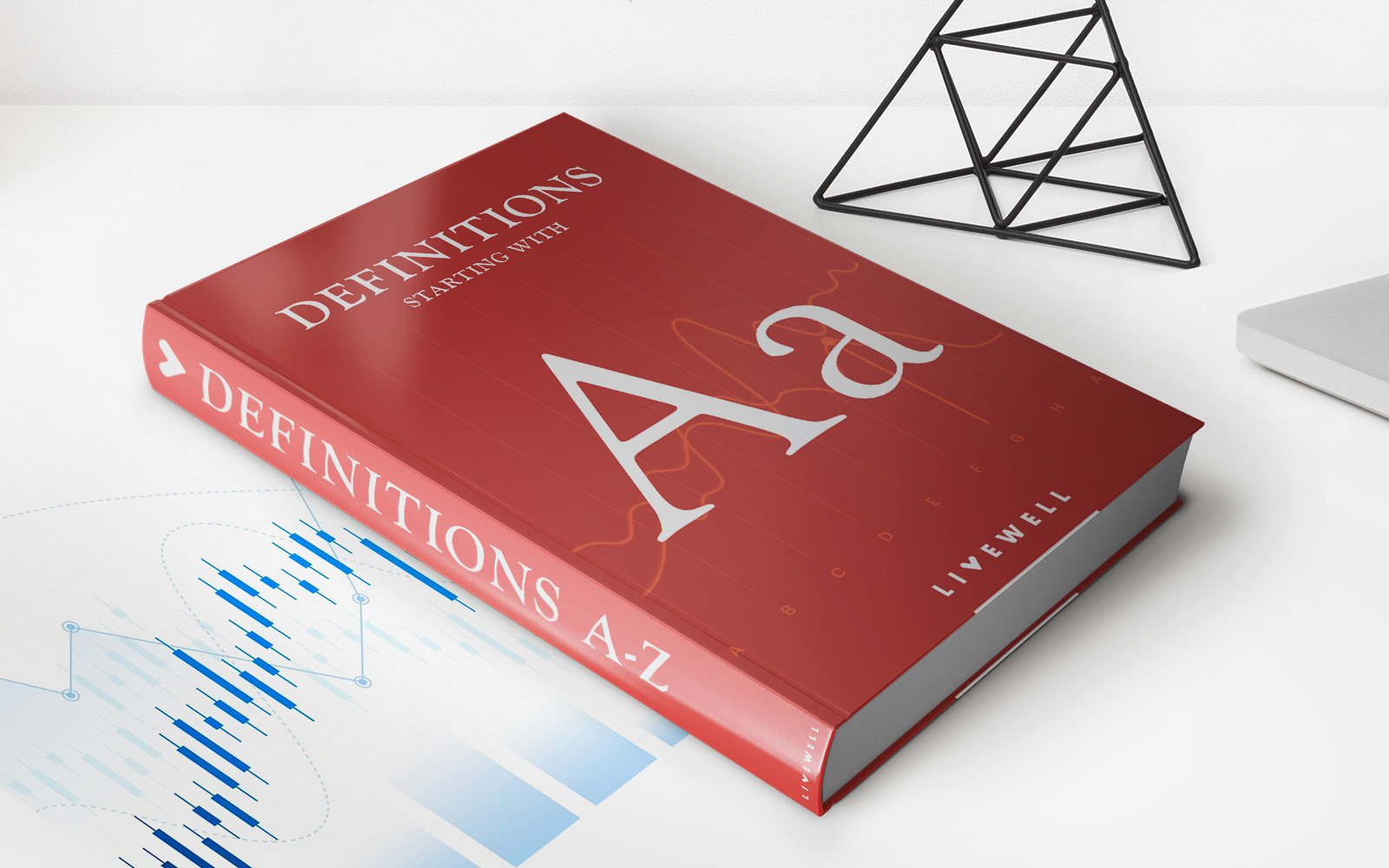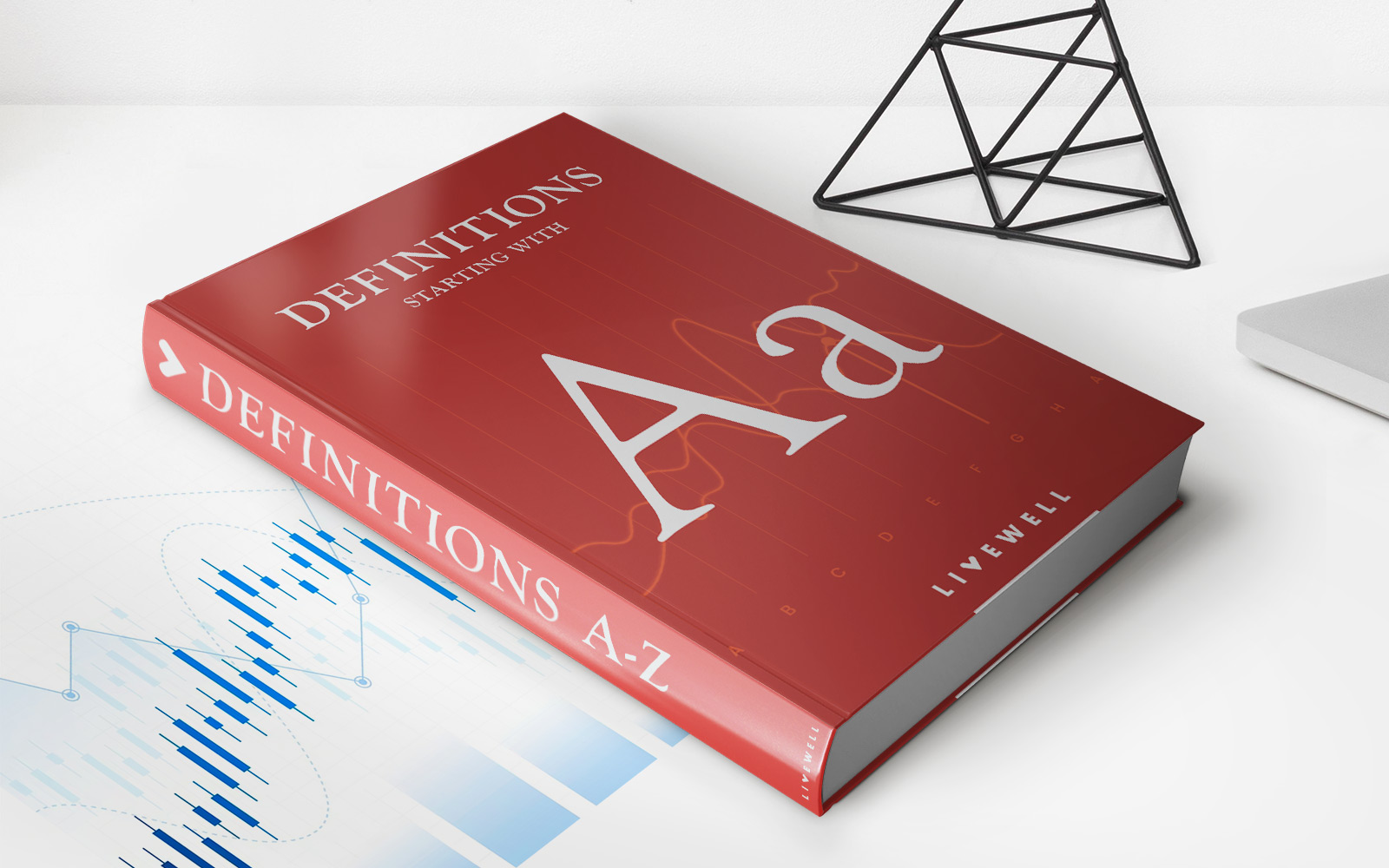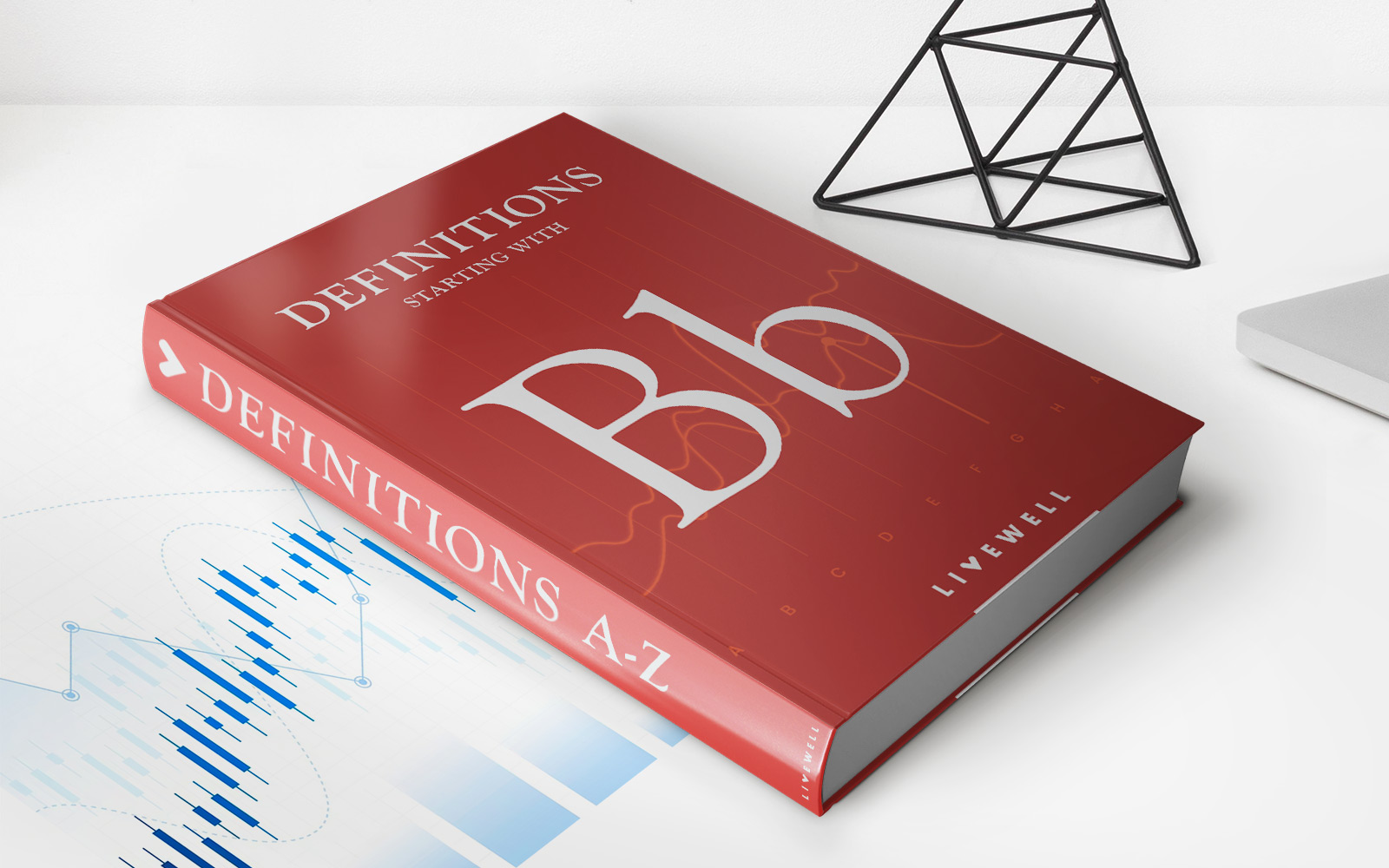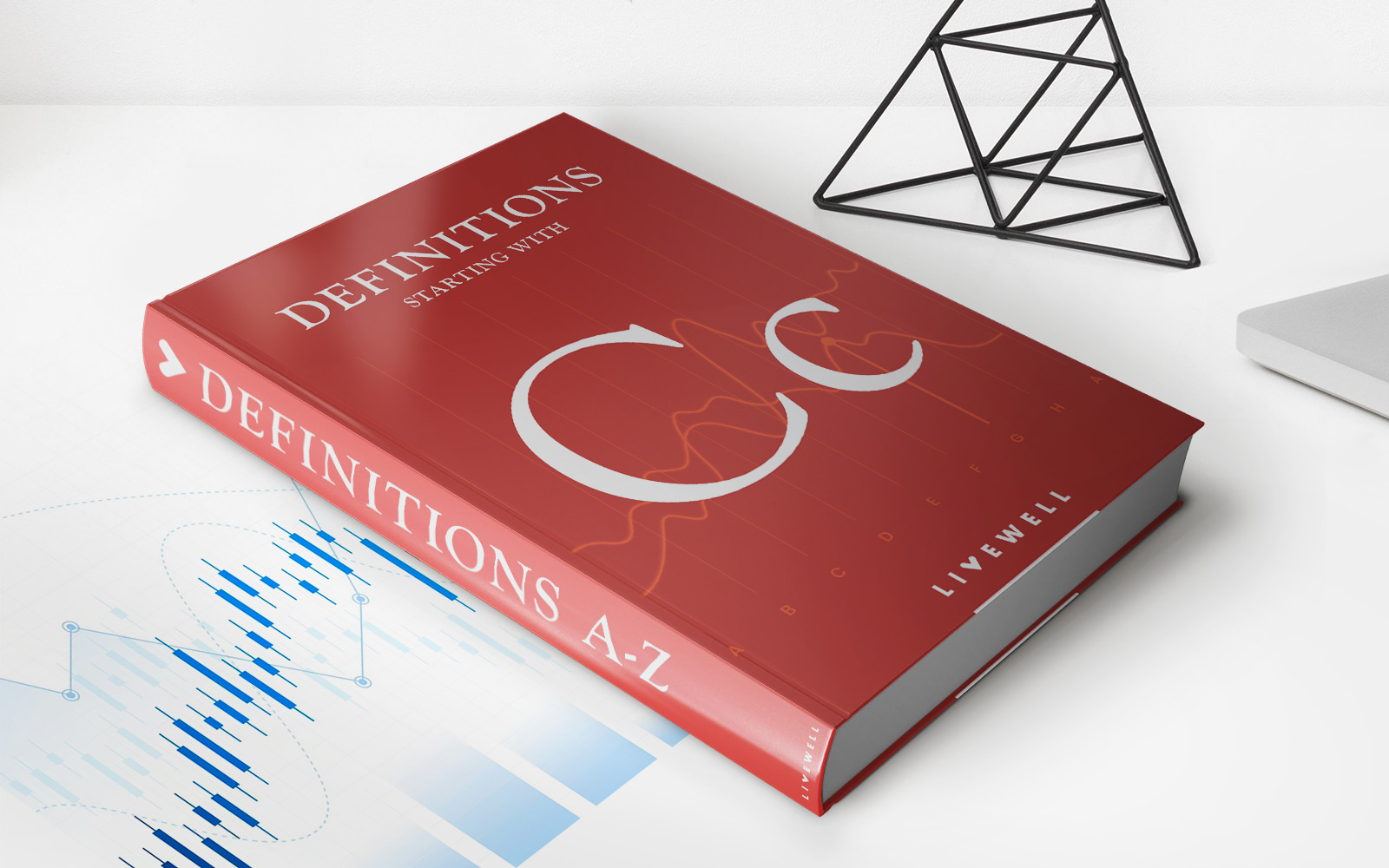

Finance
Convertible ARM Definition
Published: November 2, 2023
Looking for a definition of Convertible ARM in finance? Learn what it means and how it can impact your financial strategies.
(Many of the links in this article redirect to a specific reviewed product. Your purchase of these products through affiliate links helps to generate commission for LiveWell, at no extra cost. Learn more)
Understanding the Convertible ARM: A Guide to Adjustable-Rate Mortgages
Welcome to our Finance category, where we strive to provide you with valuable insights and information on various financial topics. In this article, we will focus on a specific type of mortgage called the Convertible ARM (Adjustable-Rate Mortgage) and help you understand its definition and how it works. If you’ve ever wondered about the pros and cons of adjustable-rate mortgages, you’ve come to the right place!
Key Takeaways:
- An Adjustable-Rate Mortgage (ARM) is a type of mortgage in which the interest rate fluctuates over time.
- A Convertible ARM is a specific type of ARM that allows borrowers to convert to a fixed-rate mortgage after a predetermined period.
Let’s start by defining what exactly a Convertible ARM is. An ARM, as mentioned earlier, is a mortgage where the interest rate changes periodically. In the case of a Convertible ARM, borrowers have the option to convert their adjustable-rate loan into a fixed-rate loan after a specific time frame. This flexibility can be appealing for those who desire the initial lower interest rates of an adjustable-rate mortgage but seek the stability of a fixed-rate mortgage in the future.
Now, you may be wondering how a Convertible ARM actually works. Here’s a simplified breakdown:
- Initial Fixed Period: A Convertible ARM typically starts with an initial fixed period, during which the interest rate remains constant. This period can vary but is commonly set at three, five, or seven years.
- Adjustment Period: After the initial fixed period, the interest rate will adjust periodically. Most Convertible ARMs have adjustment periods of one year, but some may have longer or shorter intervals.
- Conversion Option: At a predetermined point, usually during or after the initial fixed period, borrowers have the option to convert their loan to a fixed-rate mortgage. This allows them to lock in a stable interest rate for the remainder of their loan term.
Now that we have covered the basics, let’s explore the advantages and disadvantages of Convertible ARMs:
Advantages:
- Lower Initial Rates: One of the primary advantages of a Convertible ARM is the lower initial interest rate borrowers can enjoy during the fixed-rate period. This can lead to lower monthly payments, providing more financial flexibility.
- Conversion Option: The ability to convert the loan to a fixed-rate mortgage offers borrowers the opportunity to secure a stable interest rate in case future market conditions or personal circumstances make it more favorable.
Disadvantages:
- Rate Volatility: Once the adjustable-rate period begins, the interest rate on a Convertible ARM can fluctuate according to market conditions. This unpredictability may make budgeting more challenging, especially if rates increase significantly over time.
- Conversion Costs: While the conversion option can provide peace of mind, it’s important to note that there may be associated costs, such as fees or higher interest rates when converting to a fixed-rate mortgage.
Remember, before making any financial decisions, it is crucial to consult with a trusted mortgage professional who can provide personalized guidance based on your unique situation.
Now that you have a better understanding of Convertible ARMs, you can make an informed choice about whether this type of mortgage aligns with your financial goals. Stay tuned to our Finance category for more informative articles that can help you navigate the world of personal finance!
